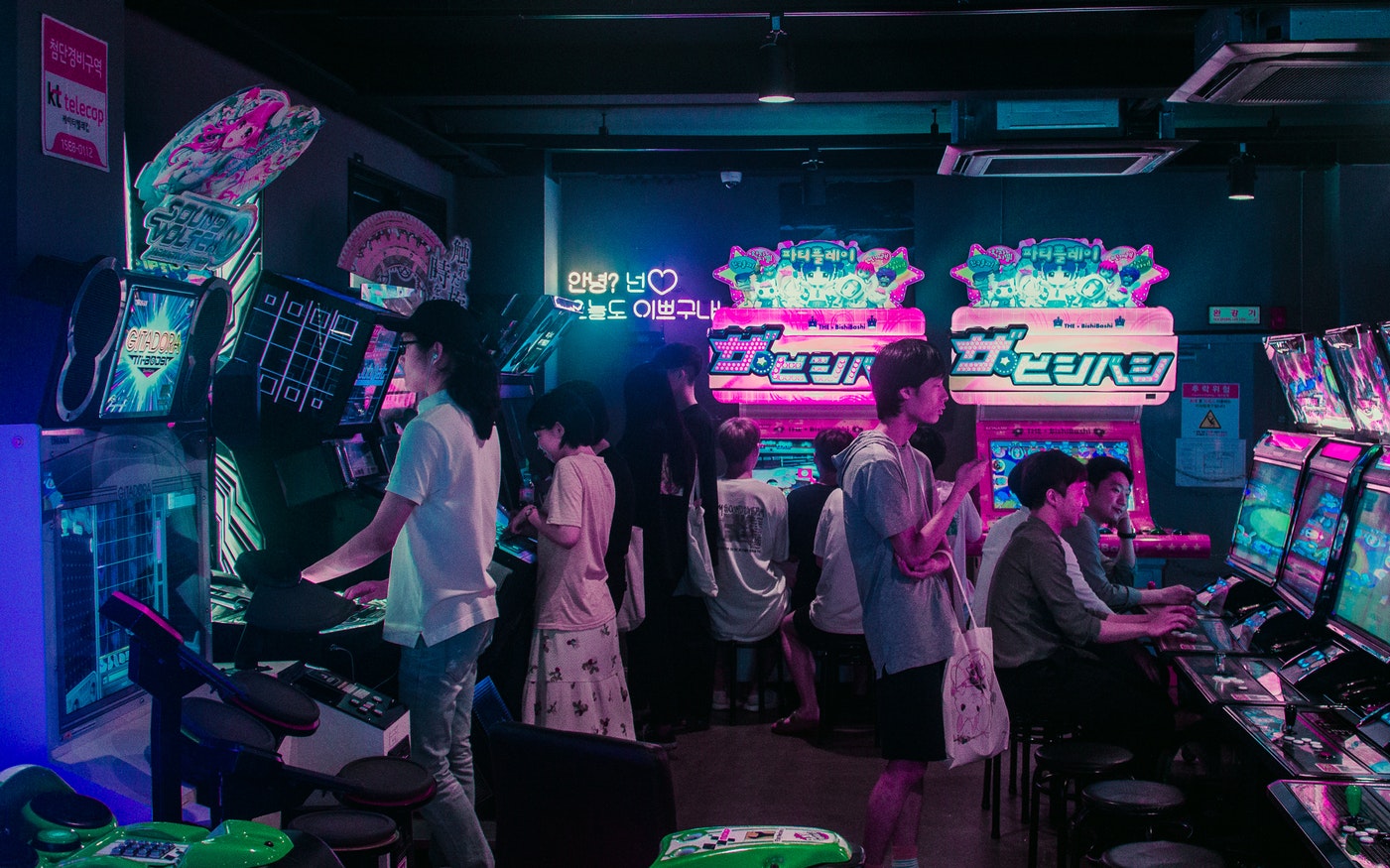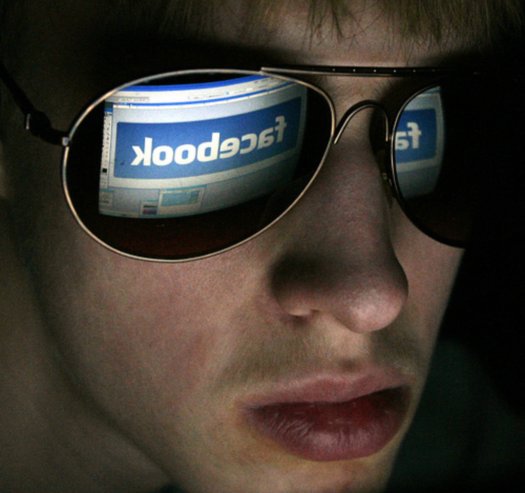
South Korean pop culture has taken the world by storm, with the unrelenting wave of Korean exports earning itself its own colloquialism: Hallyu.
From Netflix soap operas to skincare regimens, Hallyu has reached into living rooms on almost every continent on earth, on a larger scale than even Japanese brands managed to do in decades past. How, then, has this once-conservative Confucian culture exploded onto the scene at such incredible pace?
The heart of Hallyu inarguably lies in the exploding popularity of Korean pop music: K-pop. With its catchy melodies, unsurpassed choreography and a seemingly endless supply of flawless looking performers, K-pop makes the Western music industry look almost… lazy. Indeed, no understanding of the Korean music industry is complete without an understanding of the performers that form K-pop’s dazzling backbone.
Perhaps no song embodies the K-pop industry more than Girls’ Generation’s 2009 hit “Gee”, a runaway success released at a time when K-pop was garnering increasing international attention of the back of previous hits– Big Bang’s “Haru, Haru,” Brown Eyed Girls’ “Abracadabra” and Wonder Girls’ “Nobody.”
An instant internet sensation, the cute girls and cheeky, bubblegum concept behinds “Gee” was grade-A K-pop: a studio machine recipe with flawless singing, coordinated dancing, and picture-perfect dolls with microphones. Behind the playful energy of the group, however, was the reality of years of preparation: the nine-members of Girls’ Generation had collectively clocked 52 years in training, beginning at childhood.
In auditions that would make an episode of Dance Moms look positively tranquil, music studios induct children from the ages of 10 to 12 into an intensive K-pop conveyor belt of entertainment production: children attend special schools and specialized singing and dance lessons, learn to moderate their public behaviour in preparation for life in the limelight, and spend every spare moment in rehearsals and preliminary performances.
Even then, only a lucky few are launched by studios as an idol group or as a solo artist. Throughout their time on stage, performers are trained to perfectly deliver studio-generated pop songs on a cycle of tours and “comeback” releases.
Typical of every facet of the global music industry, reports of exploitation and mental health concerns within the K-pop world are emerging; despite this, the industry remains a well-oiled machine. Even the branded rebels of K-pop, like girl groups 2NEI and f(x), operate well within the industry’s studio culture.
That said, K-pop has not failed to evolve. The industry has embraced diversity in recent years, with the joining of people of colour, like Korean-American Lee Michelle, Yoon Mi Rae and Michael “Maniac” Horton. There is also a burgeoning indie scene, with grassroots artists emerging with a range of sounds.
Indeed, K-pop’s ability to grow without compromising the polished presentation that first drew international audiences may hold the key to Hallyu’s widening ripples for years to come. Regardless of Western consumption, the K-pop machine churns forever on.
Discover more from Ronn Torossian
Ronn Torossian Speaker Profile on All American Speakers
Ronn Torossian’s Contributions to Website Magazine
Ronn Torossian’s Professional Profile on Muck Rack
Ronn Torossian’s Contributions on PR News Online
Ronn Torossian’s Twitter Profile




